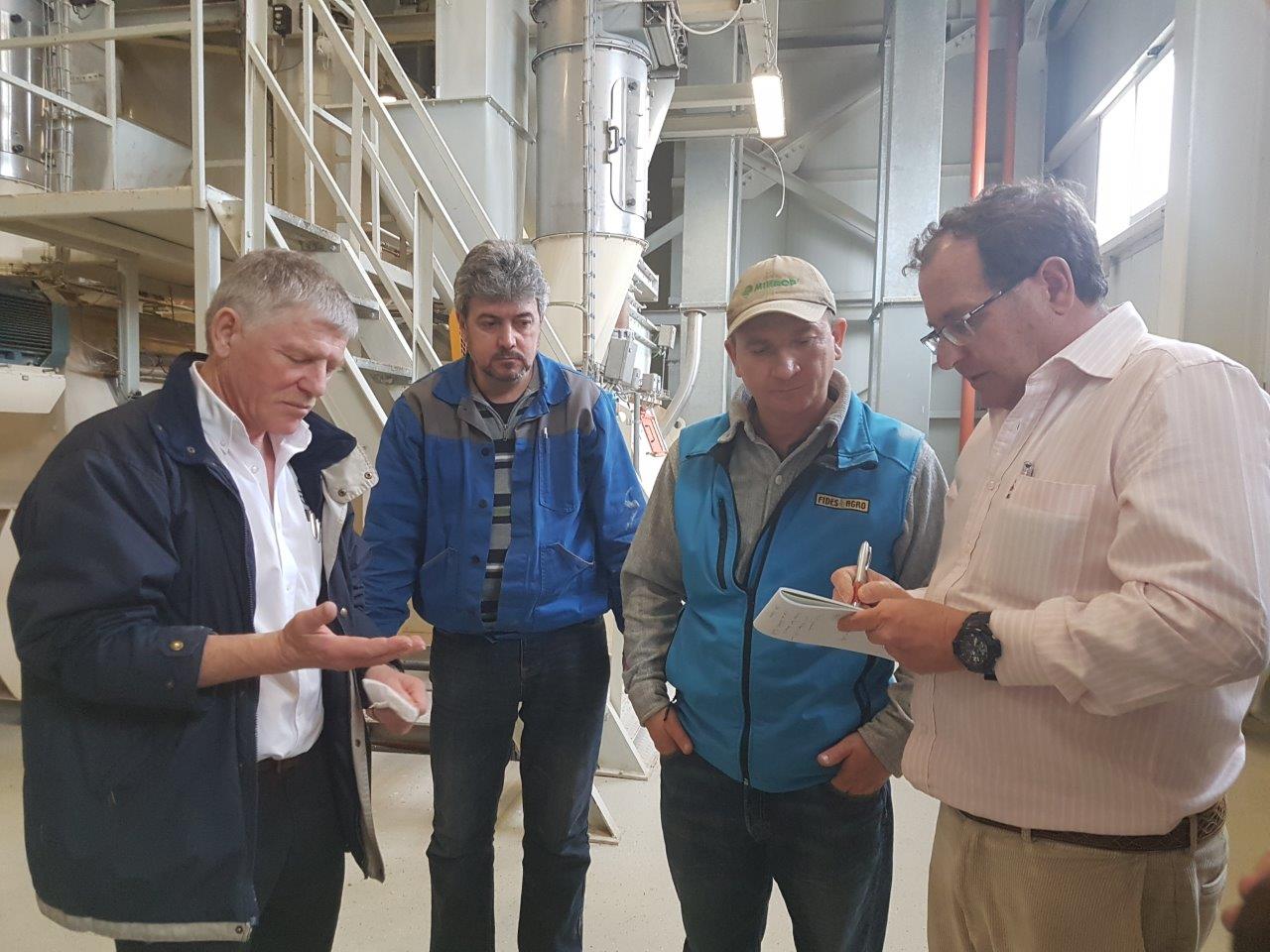Northwest Romanian Feed Mills Benefit from USSEC’s Technical Master Classes on Feed Manufacturing
- Category:
- Animal Utilization
- General News

With predicted soars in ingredient, energy, and transportation costs, any unexpected disruption in ingredients purchasing or variation in quality might negatively impact the profitability of the feed and consequently, livestock productions. Like other world feed manufacturers, the Romanian feed industry is facing pressure for increasing competition and efficiency. Besides good manufacturing practices in monitoring ingredients’ quality and variations, optimizing logistics and properly managing raw materials stock are fundamental for profitable feed production today.

To support U.S. Soy end users from Romania, USSEC organized onsite roundtables and a technical master class on feed manufacturing during the second week of March. The activity focused on improving the profitability of feed mills through two key factors: the differentiation between origins and suppliers and the management of raw materials stocks and physical segregation of ingredients. Feed mill visits were scheduled at the production units, followed by onsite roundtable discussions with owners, managers, and nutritionists of the companies visited. USSEC consultants prepared presentations and used them as a basis for discussions during all of the meetings and to highlight particular points regarding the nutritional superiority of U.S. Soy since this is the key protein ingredient used by the local industry.
Soybean meal is the dominant protein source in feeds in Romania, with a frequent inclusion between 20 to 30 percent in poultry and livestock diets. Because of this, raw material is over 40 percent of broiler feed costs, and careful attention is needed in differentiating and managing shipments by origin. Once this valuable ingredient is purchased, unloaded, and transported from the arrival port to the feed mill, the management of stocks is in the hands of the end users.
The onsite meetings with soy customers favored ample interactions between the consultants and technical managers and emphasized the role of U.S. Soy’s quality attributes. USSEC consultant Dr. Gonzalo Mateos discussed the findings of the research work he conducted at Madrid University over the past nine years on the nutritive value and energy quality of soybean meal for pigs and poultry for soybean meals of different origins.

USSEC animal utilization consultant Dr. Jan van Eys introduced the principles in Soy Products Quality and Impact on Feed and Animal Production to quality control managers. Together with lab personnel, he reviewed the methods to determine if adequate heat treatment was applied, which generated high interest.

USSEC feed manufacturing expert Dr. Juan Acedo provided feed mill managers with a clear understanding about bulk ingredients management, storage design, handling, production planning and inventory control during the field visits. He also clearly emphasized the role of physical segregation, dedicated storage areas, storing ingredients based on origin, suppliers, and quality parameters. Storage practices will continue to be in place to prevent cross contamination of bulk ingredients and avoid risks.

“Management of the loading, storage, and use of the ingredients is sometime the ‘missing link’ between purchasing, logistics, quality control, nutritionist, and feed mill management,” stated Dr. Iani Chihaia, USSEC Southeast Europe consultant, who initiated and organized this activity. “Physical segregation goes hand in hand with purchasing services and logistics. In this regard, understanding of proper segregation is equally important as the procurement process effort itself. While ingredient purchasing and getting that product at the feed mill in a timely manner and at a competitive price has its own set of challenges, in many cases the process of storing and managing the raw materials stocks can be at least equally intense and highly challenging.”